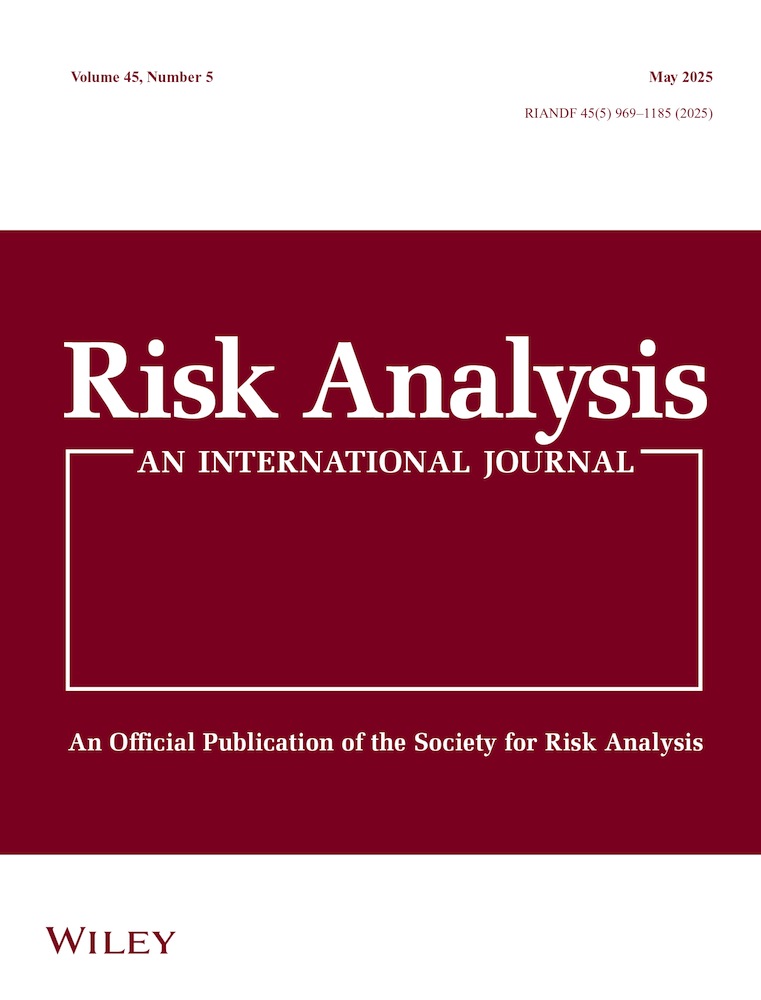Risk Perception, Federal Spending, and the Savannah River Site: Attitudes of Hunters and Fishermen
Abstract
This paper examines the attitudes of 285 hunters and fishermen from South Carolina about hunting and fishing, risk, environmental issues, and future land use of the Savannah River Site. We test the null hypothesis that there is no difference in hunting and fishing rates, attitudes toward the safety of fish and deer obtained from SRS, attitudes toward future land use at SRS, and perceptions of the severity of environmental problems as a function of how far respondents lived from the site. Respondents hunted or fished an average of over 40 days a year, and only half felt that the fish and deer from SRS were safe to eat. Willingness to expend federal funds was correlated with perceptions of the severity of the problem. Preferences for future land use at SRS fell into three categories: high (environmental research park, hunting, fishing, camping), medium (nuclear production, factories, preserve only), and low (nuclear waste storage, residential). There were no differences in hunting and fishing rates, ranking of the severity of environmental problems, and willingness to expend federal funds as a function of distance of residence from SRS, but attitudes toward future land use differed significantly as a function of location of residence. Those living close to SRS were more willing to have the site used for factories, residential, nuclear material production and to store nuclear wastes than those living farther from the site. Our data on recreational rates, attitudes toward future land use, and willingness to expend federal funds to solve environmental problems reiterate the importance of assessing stakeholder attitudes toward decisions regarding future land use at DOE sites




